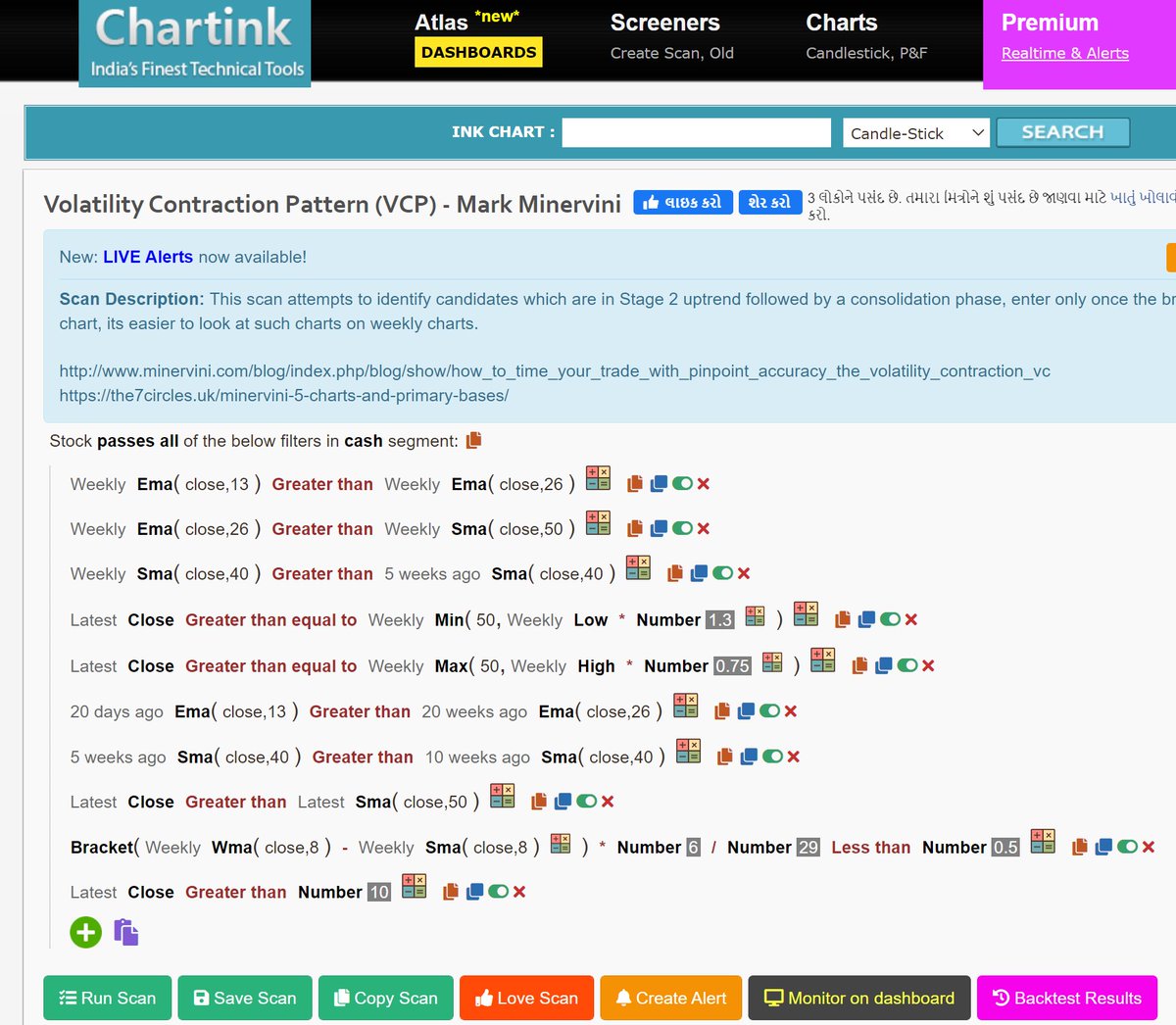2) It started production in December 1976 for OPCAL joint venture. OPCAL being Occidental Petroleum Caledonia, Texaco Britain, Thomson PLC, and Texas Petroleum LTD. Occidental was the majority stakeholder at 36.5%
3) Occidental being majority stakeholder took control of technical and operational duties with running and operating the rig. When oil production started in 1976 it started with a flow of 250,000 BBL/day and eventually increasing this amount to 300,000 BBL/day.
4) 300,000 BBL/day would account for approximately 10% of the UK’s oil production at the time, so needless to say it was one of the most important rigs in the area. Any gas that was flowing would be flared or consumed by gas turbine generators
5) Around 1980 there was a decision to convert the rig to also process gas along with the oil. This was a major conversion, and if it would have been scoped in from the beginning, most likely construction of the rig would have been more accommodating for gas.
6) With the rig being constructed for oil only in the beginning, the modules only need to be built to be fire proof between them set to A60 standards which is no passage of smoke or fire for at least 60 minutes.
7) When you have a gas rig they are to be blast proof, so by skipping the decision to make this a gas rig from the beginning already had this flaw and was not properly addressed when retrofitting and upgrading to make this an oil and gas rig.
8) To give the size of the a module; Module A was 150 Ft long, 50 Ft wide, and 24 Ft tall, this was the unit that had 36 wellheads. The upgrading of the rig to process gas was done in two phases. The 1st phase was a gas dehydration unit and Joule-Thomson expansion valve
9) 1st phase was done in 1978, and continued to operate into 1980. In 1980 the phase 2 added a distillation column to remove methane, and improved drying and expansion of gas. This phase 2 was operational starting in Dec 1980 only being reverted to phase 1 in times of repair
10) The control room of the Piper Alpha was set up to be a monitoring station instead of a control point, where the control room would monitor conditions and radio or call the local area to investigate or adjust as necessary.
11) There were ESD (Emergency Shutdown Devices) installed in the control room. There was 1 ESD for the oil flow, but since the gas was a modification there were 3 separate buttons for each gas pipeline. This was the only area with the ESDs for these pipelines
12) It was also stated in an Occidental safety walkthrough report done in 1986 that there should be remote shutdowns on all the pipelines from a remote location, such as another platform if there was a catastrophic event to stop all flow or backflow to the platform.
THE EVENING OF THE INCIDENT
6 July 1988
13) There were 226 personnel onboard the rig this day. During the morning the engineering department was conducting maintenance on a pressure relief valve on Pump A of the gas compression. While the valve was being serviced blank flanges were installed in lieu of the relief valve
14)There was a Permit to Work filled out that stated that the valve was being serviced and pump was not to be operated. The pump was not locked out and was still able to be turned on locally without removing any barrier or lock first.
15) The Permit to work was left with the manager in the control, but he was on the phone so it was left on the desk without discussing what the Permit to Work stated.
16) At 1800 night shift takes over from day shift, from all accounts it was not properly discussed about this permit to work at hand off. In the evening a water content on the main oil line was 10%, which normal range should have been 2% or less, so control room sent a chemist.
17) One of the normal activies going on was some hot work in the form of welding done by divers along with inspections of the platform legs. With divers in the water the Fire fighting system would have to be put into manual instead of automatic to not risk any of the divers lives
18)The fire fighting system took in seawater from a platform leg and pumped it up to the system to suppress and fight a fire, which if running could risk sucking in a diver.
19)At 21:45 Pump B of the gas compression has an issue, and is not able to be restarted. The only other pump is Pump A which has the pressure relief still removed and flanges blanked off.
21) Mind you the purpose of these pumps is to power the gas turbine generators for the platform to provide electrical power for the entire rig, so they were critical to be running. Drilling operations would be halted until normal power was restored.
22) So, the normal steps if everything was in proper order would be to quickly troubleshoot and restart Pump B or switch to the standby Pump A. There were attempts to restart pump B, but without any luck.
23) The engineer on watch thought to starting Pump A and looked to see if it was operational. The only paperwork the engineer saw was a Permit to Work that was for overhauling that had not started. He did not locate the paperwork that stated the pressure relief valve was removed
24) Since there was no physical lock or de-energizing of the pump to prevent starting. When the engineer did a walkthrough of the Pump A he did not notice anything out of order, since the pressure relief valve was one platform deck above and obstructed from normal view
25)The reason the engineer was not able to locate the Permit to Work for the relief valve was because the control room moved the Permit to Work to a more local location of the relief valve which was not next to the pump.
26)No one on the night shift in the control room was aware of this, since it was all done on day shift. When Pump A was started it dead headed against the blank flange, and since there was no pressure relief valve an overpressure event occurred and ruptured the pipe/flange.
27)The leak instantly set off alarms with the gas/fire detection system, but since it was in manual it would not instantly come on, and at 21:50 the gas mixture ignited completely shredding the fire proof instead of blast proof walls.
28)The initial blast destroyed the emergency diesel generator room, gas turbine generators and control room. The rig manager tried to operate the emergency shutdown for all the oil and gas lines, but the initial blast had rendered the shutdown useless by severing the wiring
29)The fire fighting panel had been blocked with debris and personnel werent able to activate it or switch it to auto to help fight the fire. worse possible situation the initial blast had completely blocked off access to get into the lifesaving boats by debris and heavy smoke
30)Even getting to the helipad was near impossible for some routes, because of thick smoke. The lifesaving boats would have been able to evacuate all crew members without any outside help.
31)A Mayday distress signal was transmitted, and Occidental shoreside was aware of the incident developing on the Piper Alpha at 22:04
32)Now the two closest platform Tartan and Claymore were able to see black smoke on the horizon which indicated an oil fire, instead of the routine flaring.
33)OXY management did not contact Tartan or Claymore to initiate a shutdown of their production either platform At 22:20 With oil burning still being backfed from Tartan and Claymore, heated up the Tartan gas line to the failure rupturing it leaking an est 20 tons of gas per sec
34)This burst completely engulfed the Piper Alpha in fire. At this point the fire would be extremely hard to fight since it was a high pressure fed gas fire. The MV Sandhaven, MV Silver Pit, MSV Tharos, and MV Lowland Cavalier were in the area and responded to the fire.
35)They dropped fast rescue boats into the water to look for survivors or bodies in the water. The MSV Tharos had off ship fire-fighting equipment, and tried to help fight the fire
36)The one thing that Occidental Shoreside had done was scramble choppers to help evacuate the platform, unfortunately at this point the smoke and fire made it impossible for a chopper to land.
37)The fire and smoke had started to become intense everywhere on the platform at this point, and places where crew members were taking refuge were no longer feasible to stay, at this point there were crew members jumping into the water.
38)There were some people that had to jump from the helideck to the water, which was a 175 Ft height above water.
39)Claymore and Tartan were not knowledgeable on what to do, they tried to contact shorebase to see if the next course of action. Tartan was able to get in contact with a supervisor through satellite phone and was actually told to continue pumping oil and gas.
40)Claymore tried for 20 minutes to get in contact with their supervisor and when talking with shorebase at 22:50 one of the other gas lines failed and exploded. Shorebase at that point told Claymore to activate all the shutdowns and to have Tartan follow as well.
41)Unfortunately it is suspected one of Claymore’s gas pipelines did not fully shut with the shutdown, which was fuel burning the Piper Alpha.
42)The reason that was given in the written report about the incident said that the reason why the complete field shutdown was given so late was financial consequences of shutting down and taking days to restart the flow.
43)Piper Alpha continued to burn until at 2320 there was one final explosion and the platform starts to buckle from the structure melting. At 2350 the platform starts descending into the sea. At 0045 the platform was mostly gone and below the sea.
44)MV Silver Pit rescued 37 of the 61 survivors, the Mv Sandhaven tried rescue operations and was able to pick up 6 of the Alpha Piper’s crew members.
45)The Sandhaven unfortunately was too close to the platform, and during one of the explosions killed the 6 survivors, plus all but 1 crewmember of the Sandhaven. MV Tharos was able to pick up and rescue the remaining 22 survivors.
46)In total 167 people lost their lives, 165 were from the Alpha Piper and 2 crew members from the MV Sandhaven. 61 people survived this incident.
47)The only members who survived were the ones who had jumped into the water from the platform which was actually against Occidental safety training, which was to launch the lifeboats, be rescued by chopper, or ropeswing to a vessel. The total cost of the platform loss was $3.4B
48)There was a report that reviewed this incident call the Lord Cullen report which contains all the information known and survivors accounts. This report made plenty of recommendations but some that made it into rules stated
1) the safety manual system is to be adequate for the design and operation of an installation
2) potential hazards and risks are to be identified and properly mitigated as well as possible including proper safety controls
3)in case of a major emergency there is to be safe refuge and escape or evacuation of personnel onboard Majority of fatalities were from smoke inhalation, and this would be a major function of a safe refuge would be to protect from smoke.
These rules came into force in May 1993
49)Personally my opinion is that whenever there is a major incident that happens it is never one thing at fault, there is multiple precipitating factors/events that help tip an event catastrophic.
50)In this case the design of the rig was flawed once the retrofitting occurred to make it a gas rig along with the oil. There should have been an upgrade to blast proof walls in the production area to help contain an event like this with rapid explosion and expansion of gas.
51) There should have been more locations to trip the shutdowns on all the pipes and maybe even a singular kill switch for all flow. The safety culture was lax, Occidental did not seem to push a strong safety culture of the crew.
52) The crew’s communication was horrendous, to not have the oncoming crew know about such a major piece of equipment that was being serviced is inexcusable.
53)Shorebase should have communicated to the other rigs in the area to stop production and flow immediately instead of waiting for more explosions to go off to give that call.
54)One of $OXY defense was the lack of feedback on safety systems meant all is well, even though there was no proper reporting system for deficiencies
55) $OXY used the defense of the blank flange was not properly fitted, but on my opinion it's a moot point since the pump should never have been able to be operated.
That's it. Just a reminder that past mistakes can help prevent future things ones. Always question anything that you deem unsafe, no matter how stupid you think it is. It can let other people see what you are























































